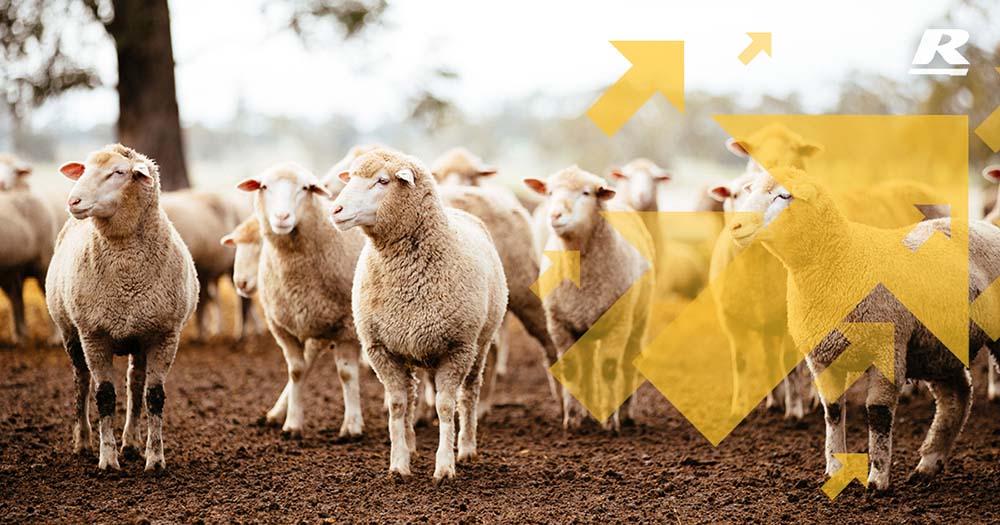COMMODITY UPDATE
Market Observations: October
The 2022-23 crop continues to take shape but is throwing up many challenges for growers and marketers in the process.
There is rising concern in grain growing areas after significant rainfall occurred and is forecast for weeks ahead. Parts of South Australia, Northern Victoria and a vast area of NSW have received in excess of 100 ml’s of rain this week placing even more strain on crops that were already water affected and battling fungal diseases due to earlier precipitation. While it may be still too early for Victoria, NSW will certainly feel the effects with Canola potentially impacted the most. Windrowing should have begun in the next few weeks however getting on the crop could be delayed at least 3-4 weeks which could increase the chances of lodging. There is also the issue of getting the seed to the bulk handlers with many country roads severely water damaged.
Rust has given Wheat growers major headaches recently with wet paddocks not only being a primary cause of the issue but hindering attempts to get onto paddocks to spray and combat the scourge. Needless to say, crop dusters have been working overtime to help eradicate the issue with 2 – 3 applications of fungicide being not uncommon. Left untreated and under the right conditions, cereal rust can take hold and wipe out any potential yields.
If we were to receive further rain in late October / early November, downgraded wheat would certainly be prevalent in the market. The market is responding to the ever increasing likelihood that higher protein Wheat will be harder to come by. The wetter and softer the finish, the lower the protein as a rule and an ever widening price spread to feed grades such as ASW and SFW. Last year NSW produced one of its largest crops on record. The crop itself however finished with a significant portion being downgraded to a SFW grade, due to a lower falling number in the sample. Essentially a shot or sprung grain renders it unusable by the flour industry. This year, even though the timing of the rainfall is different to last year, it will most likely produce a similar result. Sadly, if the weather predictions remain true as crops attempt to finish their growing cycle we may see abandonment of fields on a large scale. The wild weather occurring in the first half of October has prompted flooding in some areas where abandonment of the crop is now the only option.
In the meantime price premiums continue to be built into the market due to the disruption of grain exports from Russia and the Ukraine. Grain is still flowing but not to the markets desired rate. Other origins such as Europe are picking up the slack however this cannot continue forever. Guessing how long this conflict lasts or even escalates is the million dollar question. Any serious resolution would bring the market down sharply however this option seems the less likely v’s increasing hostilities. As a result, global markets are still quite volatile.
Australian ports are keeping a steady pace in offering 2021/22 grain to the global market. Throughout this harvest period, shipping stems are full and exporters will be active in executing sales, continuing with the theme across the year. Again, we wish our growers the best for the weeks ahead with what is a positive finish to 2022.
Looking for a high carbohydrate grain supplement to feed your ewes during the last 6 weeks of pregnancy; why don’t you give us a call and have a chat to one of our nutritionist on 1300 REID FEED or enquire here >
 Author
Author
Justin Fay
Commodity Manager

 Author
Author